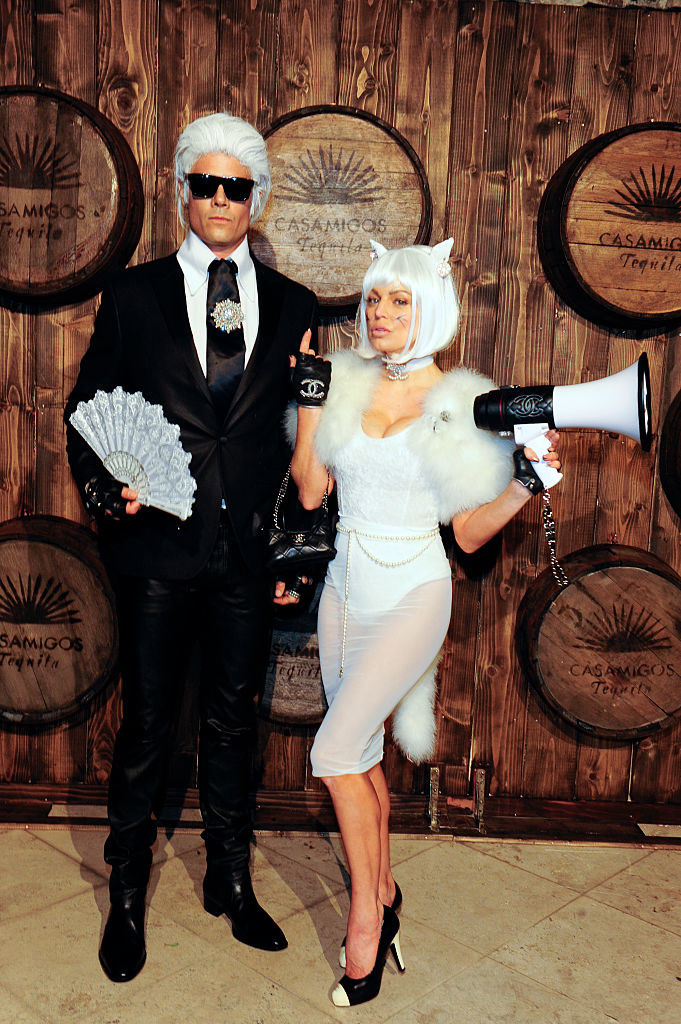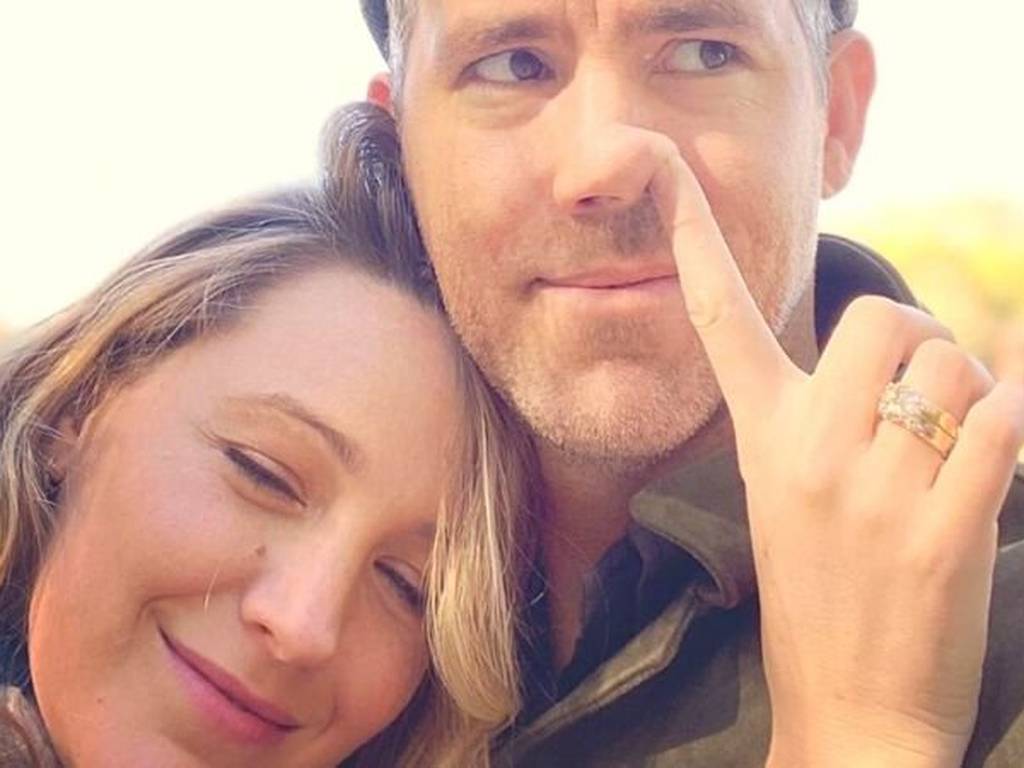
Claes Oldenburg, a Swedish-born American sculptor, is best known for his public art installations. These large soft sculptures often depict everyday objects. These sculptures are often a commentary about how people interact with the world. Millions of people annually view Oldenburg’s works.
Influences
Claes's fascination with street life is one of his many influences. He discovered that street life could be used as a subject for sculpture. Oldenburg began to experiment with different media such as painting and sculpting. Oldenburg became involved with happenings, which were art experiences for a purpose. He was also inspired by theater, and incorporated that into his work.
In many ways, Oldenburg's earliest sculptures were reminiscent of Abstract Expressionism, but they also had a definite conceptual point of view. Oldenburg was particularly interested in metamorphoses. He saw analogies between seemingly different images. Oldenburg's relationships to his prototypes were not literal, but rather associative, and they heightened the objects' power as contemporary totems. Oldenburg shared a fascination for mutability with modern artists such as Stella and Morris. Another example of an artist who drew on the idea of mutability is Ron Davis, another young abstract artist.

Style
Claes Olenburg's style was influenced in part by his New York City roots. As an assistant at Cooper Union Museum he studied history of art, and developed his own style. Oldenburg's early work was influenced greatly by his interactions and friendships with other artists, particularly the abstract expressionist school. He was inspired by the work of artists like Red Grooms, Allan Kaprow, Jim Dine, and Robert Whitman.
Oldenburg's work mixed ironic satire of consumer goods with strict construction details. His sculptures were often massive and his mastery in proportions and scales was legendary. Some of his works include the upside down ice cream cones, Cupid's Span and the Batcolumn. They were also installed in cities around the globe. Oldenburg, in addition to his sculptures, also made large-scale works for the public.
Life-size sculptures
Oldenburg's work incorporates both meticulous construction details as well as satire on consumer products in life-size sculptures. His mastery over proportions at large scales was also what made him famous. Oldenburg was also responsible for the iconic sculptures Upside-Down in Cologne and Flying Pins In Eindhoven. The former is a large piece that stands in the middle of the Cologne harbor. The latter is an interactive sculpture that collides with the corner of a shopping mall's roof. Other public works by Oldenburg include Dropped Cone in Philadelphia and Batcolumn in Chicago. While he is primarily based in New York City, the artist also works in France and California.
Oldenburg married Coosje van Bruggen in 1977. They worked together for many years on monumental polychrome sculptures. Van Bruggen dealt with the logistics of the projects, and Oldenburg's sketches were best realized. Oldenburg focused his attention on larger-scale sculptures (e.g. public monuments). Their collaboration evokes Jean-Claude and Christo.

Technique
Oldenburg's works are based on objects and modify their forms, materials, and states to create dynamic, ambiguous perceptions of time and space. Oldenburg often transforms objects into art works, such as a teabag that is transformed into a painting or sculpture. His works are similar to Pollock's drip painting and have a tendency not to emphasize the importance of composition. As a child of a Swedish diplomat, Oldenburg was raised in Chicago.
Oldenburg's artistic imagination allows him the ability to link seemingly unrelated objects using formal analogies. He wanted to move beyond the static view of daily life and use perception as a platform for the creative. Oldenburg's perspective on perception is similar that of Surrealism which recognizes interrelationships between images and percept.
FAQ
What are some of the positive aspects of pop music?
Pop culture can be good. For instance, it gives people something to talk about. Also, it helps people express their creativity. Pop culture can be used to promote artists' work.
Pop culture's greatest asset is its ability to bring people together. Everyone wants to see the same shows. Everyone loves the same music. Everyone enjoys the same films. Pop culture allows us connect.
Pop culture can be unhealthy. For example, some films glorify violence. Some television programs make fun of people who have mental disabilities. Some artists encourage drug-taking fans.
So what do we do when pop culture has negative aspects?
Pop culture should be avoided. We shouldn't let it influence us. It can have negative effects on our health. It can lead to crime. It can even lead to a loss of love.
We should also think about whether pop culture is helping or hurting society. Is pop culture promoting good values or negative ones? Are people being indoctrinated to do terrible things?
And finally, we should ask ourselves whether we're happy with the kind of world we live in. Are we satisfied with the music we listen? The TV shows we watch? What clothes are we wearing?
If we are concerned about our future, it is essential that we take responsibility and be accountable for our actions. We must decide the world we want. This will allow us to choose the right kind of pop culture.
How can we prevent the dangers of pop-culture?
First, we should recognize when pop culture is influencing us. Then we need to make sure that we're not influenced by it. Here are some ways to stay clear of bad influences.
-
Avoid watching violent TV shows like Game Of Thrones.
-
Do not spend too much time on the Internet. Read books instead.
-
Pay less attention to television. Spend your free time doing healthy activities.
-
Make sure you are careful what you post online. Once comments are posted, you cannot delete them.
-
Check that websites you visit remain safe. Before you provide personal information, be sure to check them.
-
Do not be compelled to do anything that could endanger your safety.
Talk to an adult to help you if you find yourself addicted to pop music. You can call your local library or the National Center For Missing & Exploited Children (1-800-THE-LOST).
Is Tik Tok pop-culture?
Yes! It's not limited to teenagers. You can make these short videos for anyone.
It is used by over 200 million people every day around the globe. This number is growing by millions every day.
TikTok gives brands the opportunity to build meaningful relationships and connect with customers through this amazing platform.
TikTok is also home for many influencers who have built huge followings. These creators create original content and engage audiences around the world.
So, what are you waiting? Here are four methods to capitalize on this trend.
-
Create Viral Content
-
Engage Influencers
-
Use Visuals Effectively
-
Create with Your Audience
How can I incorporate pop culture into my marketing strategy?
You need to examine the trends in pop culture to learn how you can use it in your marketing strategy.
Let's suppose you wanted to promote the release of a new film. What type of promotion can you do?
You can create a trailer by using clips from your film. You can even find clips that feature your products and services to include in your trailer.
Maybe you could even make a parody using footage from other films.
If you were promoting a product or service that related to the film's theme, then you could create a promotional campaign based on the movie's plotline. For instance, if the movie is set in outer space, you might want to advertise a product that helps astronauts stay healthy while traveling through space.
Promos could be run for businesses that are related to the movie's plotline. For instance, if your company sells food, you could offer free food samples to customers who buy tickets to see the movie.
How did pop culture develop?
Technology drove the development of popular culture. It developed with the rise of mobile technology. Mass communication was made possible by the invention of radio. This was the beginning of television, which eventually led to the birth of the internet.
People started using computers at home and were exposed to computer games. These games were first played on consoles such as the Nintendo Wii or Sony Playstation 3. They are now becoming available for free online. Many young people now prefer video games to watching television.
Video games are very much in demand among teenagers and children. They can be played alone or with friends via the internet. Games like Call Of Duty and Grand Theft Auto are extremely violent. Parents worry about their children's safety while playing these games. Some people find it thrilling to see what happens when a character is killed.
Music videos are another way in which pop culture influences youth. They are a great way to learn about celebrity news and the latest trends. Young people enjoy watching them. It's obvious that music is a major part of our lives.
Music videos are often made by artists who add special effects to their songs. Rappers often use makeup and hair wigs to enhance their looks. To show off their bodies, some musicians are willing to put themselves through extreme physical hardships. Many singers sing while wearing costumes.
Today there is so much music to choose from. You can listen any music you wish. However, this isn’t always good news. Music can be a motivator for violence. Some lyrics or words can cause people to get mad. Sometimes, they even commit crimes.
50 Cent was one of the victims. He sang Get Rich Or Die Trying. It contains the line "I'm gonna shoot a momfucker down / Although I don't understand why but I might." People thought this meant that he would commit suicide. He was threatened by a man who called him. 50 Cent then changed the lyrics. It now says, "I'll shoot one bitch down/ I don’t know why, but I just might."
Popular culture is essential. We need to understand how it affects us. If we don’t understand how it affects us, we won’t be able prevent its harmful effects.
Who invented the word Pop Music?
Frank Zappa created it. Pop music was the name he used to describe his music.
He said that he wanted music to appeal to everyone. That's why he called his music pop music.
Zappa also invented the phrase "You Know It's Pop when ..."", which signifies that something is popular if there are many people who enjoy it. Michael Jackson's Thriller record is one of the most successful.
Zappa has a different definition of pop music than we do today. Pop music can include all music. However, back then only certain music was considered popular.
What does pop culture teach us?
Our society today values material things over everything else. This is particularly true for young people. They spend hours a day staring at screens. They watch movies, play video games, and surf the web. All of this distracts them from focusing on school work. This causes them to fail classes.
Everyone wants to fit in. That means being popular. Popularity depends on having money, clothes, and other possessions. This makes it easy for some people to do wrong.
Technology has made us dependent. The internet has made it possible to access all sorts of information. Not all information is correct. False rumors can be found all over the Internet. These rumors are quickly spread by people sharing them on social media. It's easy and quick to post something without verifying whether it is true.
People have lost their ability to think critically. They believe what they see online. They believe what they read in magazines or on TV. They stop thinking about themselves. They instead follow the crowd.
We lose control over our lives when we rely upon others to tell the truth. Pop culture encourages us to rely on others. It can also lead to lazy people. Although the truth is out there and we often don't find it, it can make us lazy.
Statistics
- [17][18][19]Definition[edit]According to author John Storey, there are various definitions of popular culture. (en.wikipedia.org)
- According to Dictionary.com, popular culture, or low culture as it is sometimes referred to is comprised of the “cultural activities or commercial products reflecting, suited to, or aimed at the tastes of the general masses of people” (7/21/19). (socialsci.libretexts.org)
- According to CNBC.com, “more than 70% of the film's revenue came from countries outside the US” (https://www.cnbc.com/2019/01/08/aqua...nal-sales.html, ret. 8/18/19). (socialsci.libretexts.org)
- Yet a Nielsen study shows they account for 42% of the country's most-watched content on streaming services. courtesy Nielsen (npr.org)
- According to Kathryn Sorrells (2013, pp. 142-144), there are several ways that we can become informed consumers of popular culture. (socialsci.libretexts.org)
External Links
How To
What are some famous pop culture references?
Space travel was a popular topic in the 1960s. Star Trek was then the most popular television show.
The original series aired from 1966 to 1969 on NBC. It featured William Shatner in Captain Kirk, Leonard Nimoy in Mr. Spock, DeForest Kelley playing Dr. McCoy and James Doohan playing Scotty. Majel Bart Roddenberry played Uhura. Nichelle Nichols played Lieutenant Nyota Uhura. Walter Koenig portrayed Pavel Chekov. Grace Lee Whitney acted as Yeoman Janice Rand. (Wikipedia)
In 1967, the first feature film based on the series premiered. Paramount Pictures released it under the title "Star Trek." Robert Wise directed this movie. The cast included William Shatner. Leonard Nimoy. DeForest Kelley. James Doohan. Walter Koenig. Majel Barrett. Roland Nichelle Nichols. George Takei. Grace Lee Whitney. (Wikipedia)
The second season of the TV series started airing in 1968. This season focused on the crew traveling back in time to 1969. (Wikipedia)
The third season of the series began airing in 1971. This season introduced a new character called Commander Richard A. Morn. He was a Starfleet starfleet officer, who was born on Earth in 2063. (Wikipedia)
A live-action spinoff of Star Trek: Planet of the Apes was also produced during this period. It aired on the air between 1972 and 1974. (Wikipedia)
In 1973, the fourth season of the television series debuted. Two new characters were introduced in this season's fourth season: Ensign Ro Laren and Lieutenant Ilia. Marina Sirtis played both of them. (Wikipedia)
The fifth season of the television series was broadcast in 1975. It was the last season to air before the franchise went into hiatus. (Wikipedia)
After the series was cancelled, many attempts were made to revive them. One of those was the 1977 pilot episode, "Where No Man Has Gone Before," that failed to find a network partner or studio partner. (Wikipedia)
Star Trek: New Voyages was also animated in 1998. It lasted for only 13 episodes. (Wikipedia).
After a seven years hiatus, the sixth episode of the television series was aired in 2009. It was titled "Enterprise". It ran for five seasons until 2013. (Wikipedia)
Also, there were three feature films made in this time period. The first movie was released on September 12, 1979. It was known as "Star Trek: The Motion Picture." Nicholas Meyer directed the film. The film starred William Shatner as well James Doohan and Leonard Nimoy. Walter Koenig, George Takei (majel Barrett Roddy), Ricardo Montalban, and Walter Koenig were the directors. (Wikipedia)
The following two movies were released respectively in 1982 and 1987. They were titled "Star Trek II: The Wrath of Khan" (or "Star Trek III): The Search For Spock. Both of these movies were directed by Nicholas Meyer. (Wikipedia)
In 2001, the seventh season aired. It was entitled "Encounter at Farpoint". It was the debut episode of the show's era without guest stars. (Wikipedia)
In 2005, the final episode of the series aired. It was entitled "All Good Things ...".". Ronald D. Moore wrote it. It was directed by David Livingston. (Wikipedia.)
A brand new Star Trek TV series premiered in 2008 It was called Trek Nation. It is currently being aired on CBS. (Wikipedia). "Trek Nation," a show about people from all walks of life, is about how they come together to create their own version of the United Federation of Planets. Their goal is to bring peace and harmony to other planets. (Wikipedia). "Trek Nation", a fascinating concept, shows how different people can come together and make something positive. (YouTube Video)
It's worth reading books on Star Trek's timeline. Gary Wolfe's "Star Trek Chronology", is a good place to start. There are many more books available online.